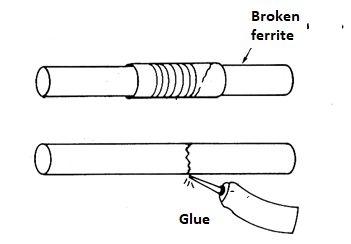Bending component terminals
To bend component terminals, such as power transistors, so that they can be fixed to boards or heatsinks the correct way is to hold the component by the terminals with a pair of nose pliers and bend as shown in figure 1. Never hold the component body.
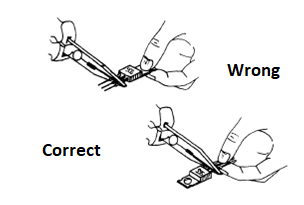
In Figure 2 we have the right and wrong ways to fold power transistor terminals into TO-220 enclosures. The procedure goes for other components in the same type of enclosure.
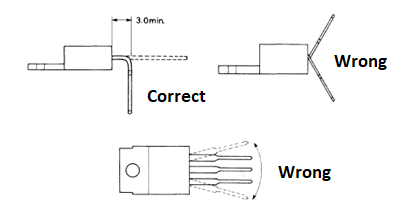
Contact cleaning
There are several techniques for cleaning electrical contacts, but we need to be careful about the choice. For example, low-frequency circuit breakers and audio contacts can be cleaned with substances such as spray contact cleaners, WD40 and even steel sponge, taking great care not to be lint-free conductors may cause short.
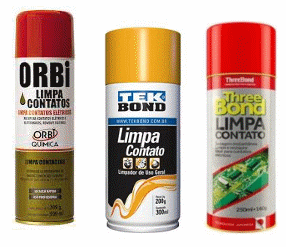
However, high-frequency circuit breaker switches contacts should be cleaned with liquid petroleum jelly and graphite, but never the WD40. This product has a high dielectric constant and its debris can affect circuit capacitance. In the case of oscillator circuits, for example, we may have frequency shifts and misalignments and even stopping oscillations.
Component vertical mounting
When there is little space for mounting components with axial terminals on a board we can choose to use components with parallel terminals or to mount vertically. The figure 64 shows how to do this.
This technique can be applied when replacing an SMD component with a common component and the distance between the connection points is very small. Of course there must be vertical space for the new component.
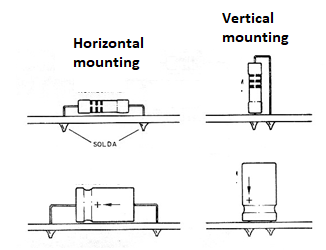
Wire splices
Wire splices should be made very carefully, especially when not soldered. A good splice configuration should provide both good electrical contact as well as high mechanical strength.
In figure 5 we show how to make some types of splices or derivations in common wires, remembering that these splices should be protected later with electrical tape. Subsequent welding can also be done to ensure perfect contact and increased mechanical strength.
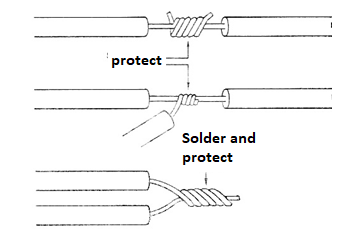
Clamping pieces on boards without solder
Certain components, such as ferrite core coils, small transformers, batteries, etc. which do not have attachment points, can be fixed to printed circuit boards with a piece of rigid common wire or even a wire, as shown in Figure 66. Just make two small holes in the board where there are no trails and pass the wires, wrapping it later.
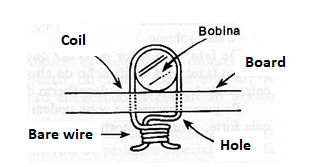
Broken ferrites
Ferrite antennas for medium wave radios and other equipment are delicate components. A stronger fall or crash may cause the ferrite rod to break, thus affecting the operation of the radio. In addition to the loss of sensitivity, a shift in tuning frequency may also be noted. To repair broken rods, strong glue can be used as shown in figure 7.
